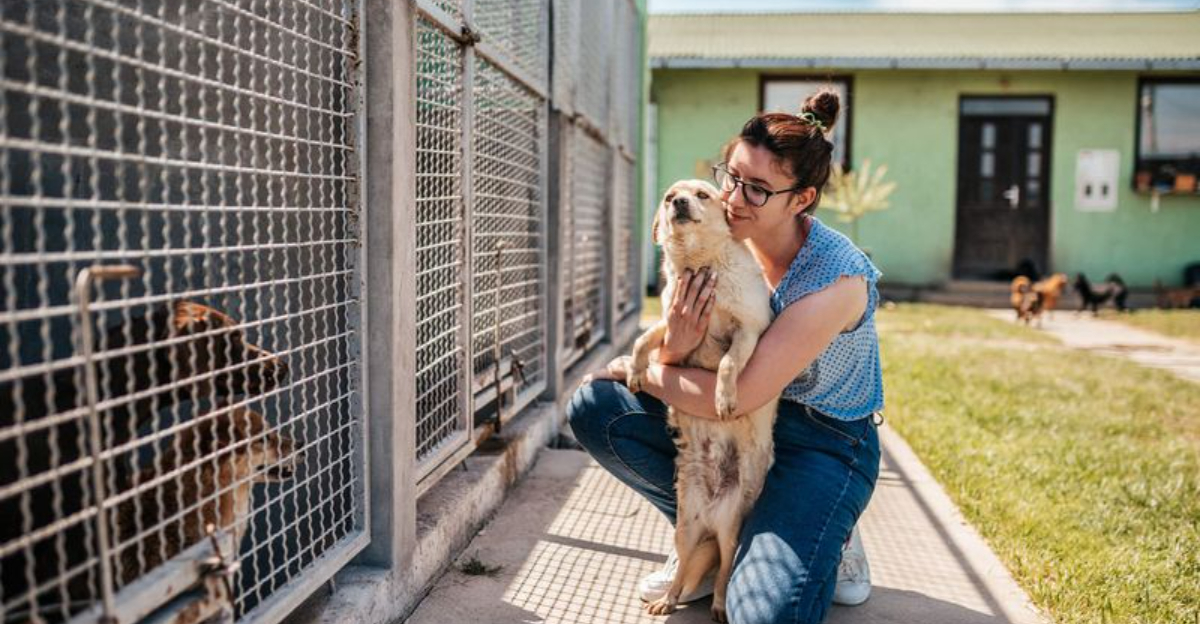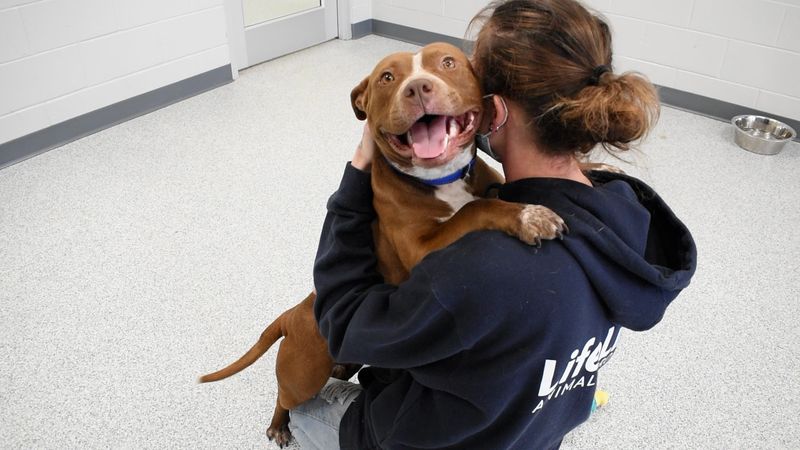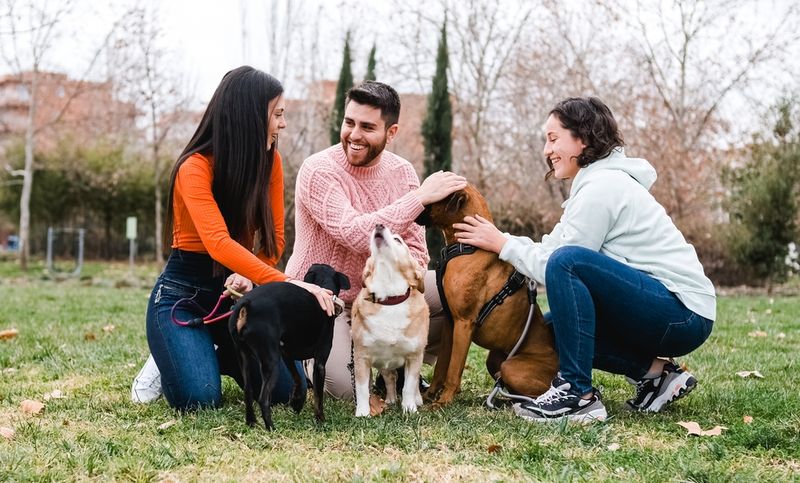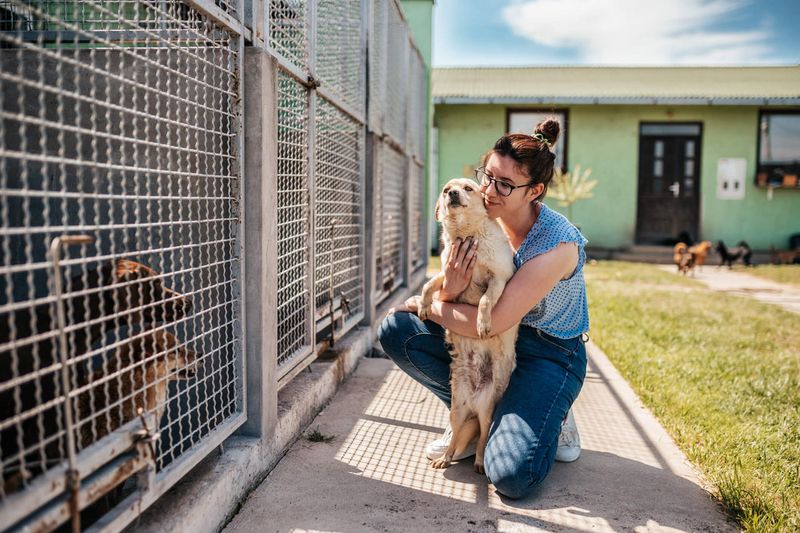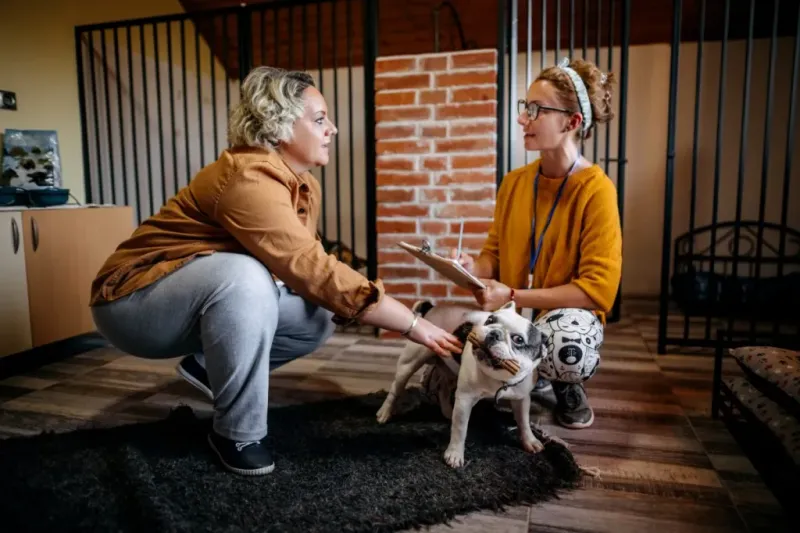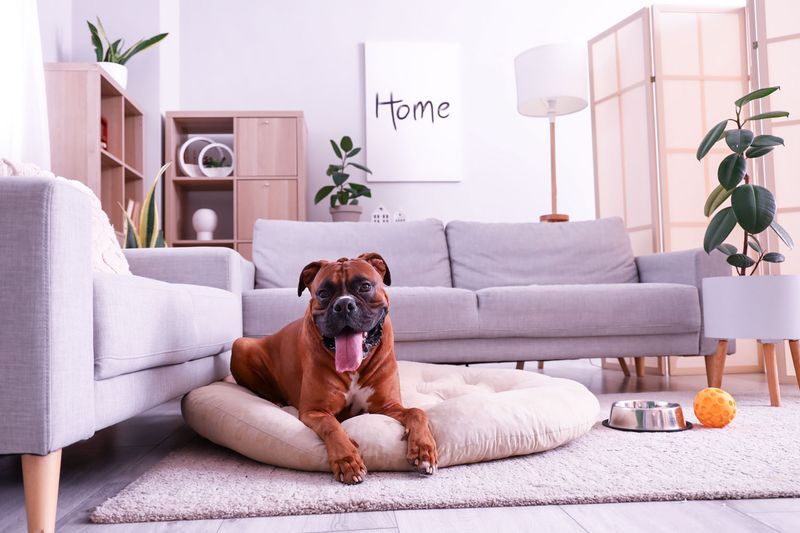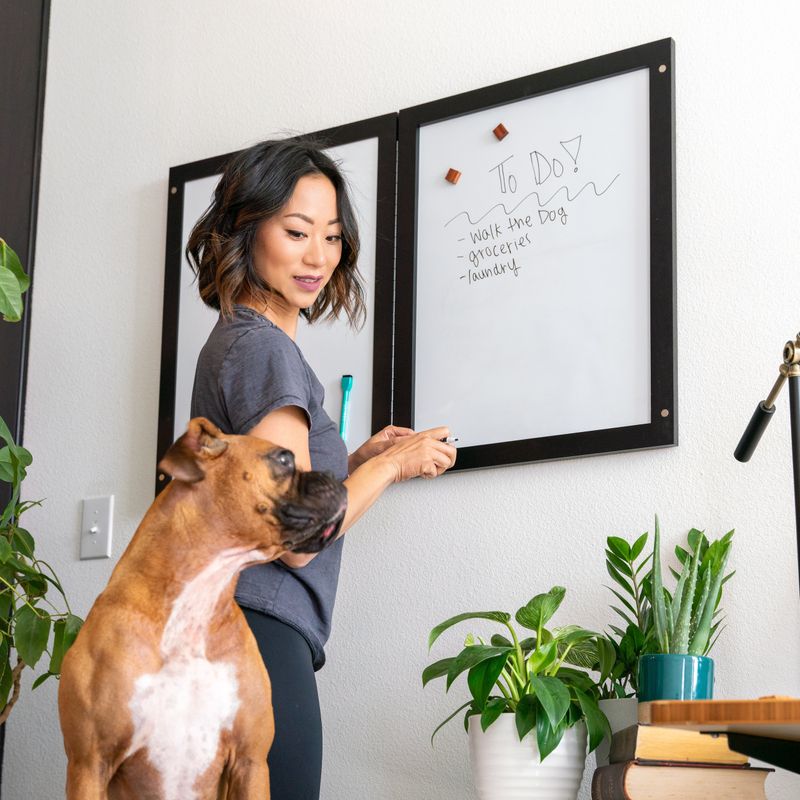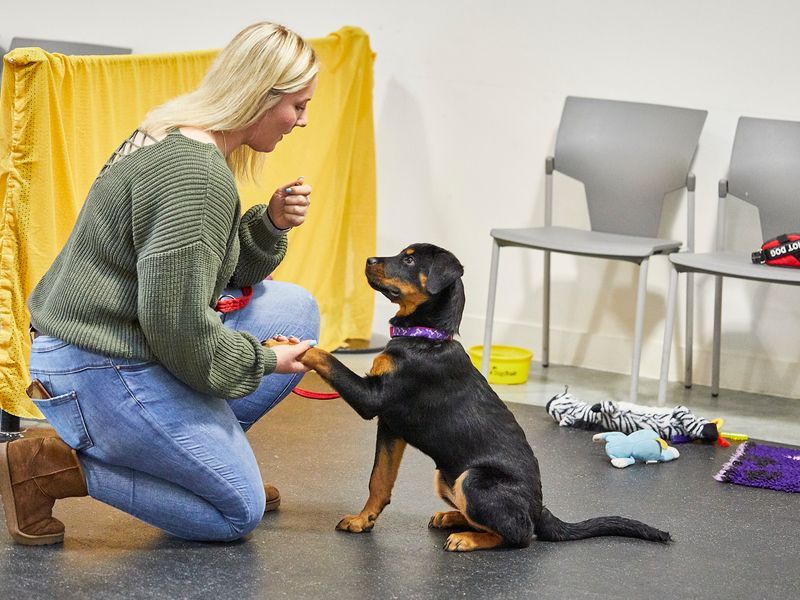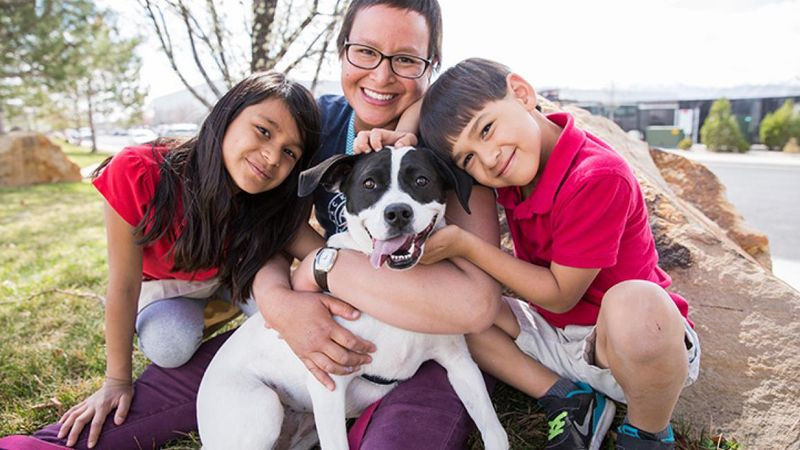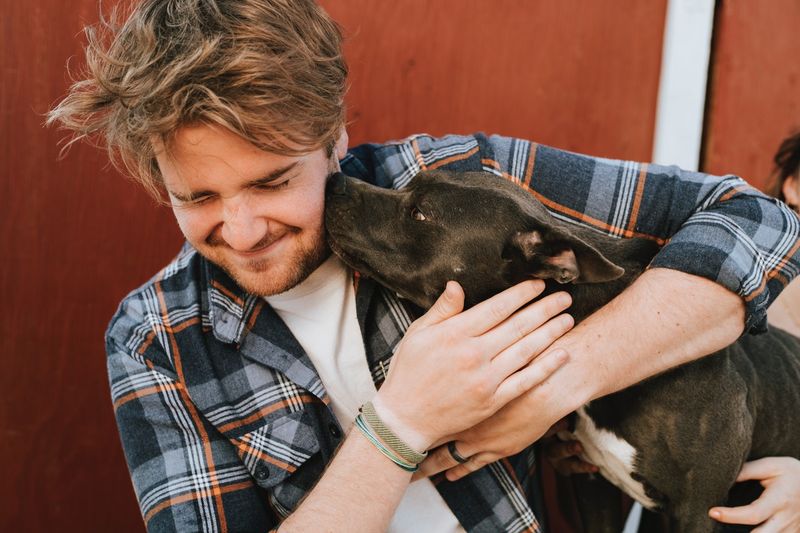Adopting a shelter dog is a noble and fulfilling endeavor, offering these lovely animals a second chance at life. However, finding the right companion requires some thoughtful consideration. With careful planning and understanding, you can ensure a seamless transition into your home and heart. Let’s explore 13 smart ways to guarantee the perfect fit for both you and your new furry friend.
Researching Breeds and Mixes
Explore different breeds and mixes to find the right match. A dog’s temperament, size, and grooming needs can greatly influence your decision. Some breeds are known for their intelligence, others for their loyalty.
Familiarize yourself with common characteristics, as even mixed breeds often display traits of their lineage. This research will guide you in choosing a dog that complements your preferences.
Consider talking to other dog owners or professionals to gain insights. This knowledge empowers you to make an informed choice, ensuring long-lasting happiness for both you and your pet.
Visiting Shelter Events
Attend local shelter events to meet prospective adoptees. These events provide an opportunity to see different dogs in an engaging environment. Observing them interact with people and other dogs offers insights into their personalities.
Shelters often host such gatherings to highlight adoptable dogs and facilitate connections. Engaging with dogs in a less formal setting allows you to notice unique traits you might miss during a short visit.
Remember, the perfect companion might surprise you, showing attributes that resonate with your heart.
Understanding Adoption Costs
Adopting a dog involves more than just an adoption fee. Prepare for ongoing expenses such as food, grooming, and regular vet visits. Understanding these financial commitments helps prevent unexpected stress.
Consider pet insurance as a cushion against unforeseen medical expenses. Each dog has unique needs, so budget accordingly to ensure a happy, healthy life.
Shelters often provide initial health check-ups and vaccinations, but ongoing care is your responsibility. Being financially prepared sets the stage for a rewarding adoption experience.
Meeting Multiple Dogs
Don’t settle on the first dog you meet. Visit the shelter multiple times and interact with various dogs. This helps you understand different temperaments and identify the best fit.
Each dog has a unique story and personality. Spending time with several dogs allows you to see who resonates with your lifestyle and energy.
Consider bringing family members to the shelter to gauge their interactions. A dog that charms everyone is likely to be a great addition to your home.
Understanding Your Lifestyle
Before bringing a dog home, reflect on your daily routine. Consider your activity level, work schedule, and social commitments. With these factors in mind, you can choose a breed or mix that matches your energy. Remember, a high-energy dog needs ample playtime, while a laid-back pup is ideal for slower-paced homes.
Think about the space you have available. An apartment may suit a smaller dog, but a larger breed might need a backyard. By aligning your lifestyle with a dog’s needs, you ensure a harmonious living situation.
Talking to Shelter Staff
Shelter staff are invaluable resources in the adoption process. They know the dogs well and can provide insights into their behavior and history. Engage with them to learn about a dog’s quirks, preferences, and compatibility.
Staff can recommend dogs that fit your lifestyle and answer questions about care needs. Their experience can guide you through the adoption process smoothly.
Building a relationship with the staff ensures you have a support system, increasing the success of your adoption journey.
Preparing Your Home
Transform your home into a welcoming haven for your new dog. Set up a comfortable space with a bed, food bowls, and toys. This preparation helps your dog acclimate quickly, feeling secure and loved.
Ensure your home is dog-proofed, removing hazards like loose wires and toxic plants. Designate areas where your dog can play and rest undisturbed.
Creating a safe environment eases the transition and encourages positive behavior. A well-prepared home sets the tone for a happy life together.
Understanding Dog Behavior
Educate yourself on basic dog behavior. Understanding body language and vocal signals aids communication, fostering a strong bond.
Recognize signs of stress or joy to respond appropriately. This knowledge helps you guide your dog through its new environment.
Training classes or online resources offer valuable skills for interpreting behavior. As you grow together, this understanding deepens your connection and ensures a fulfilling relationship.
Planning a Routine
Establish a routine to provide structure and security. Consistency in feeding, walks, and playtime helps your dog feel settled and reduces anxiety.
Plan activities that suit your dog’s energy level. Active dogs benefit from stimulating play, while quieter dogs enjoy relaxed interactions.
A routine reinforces good habits and strengthens your bond. As you adjust to life together, flexibility within your schedule accommodates your dog’s needs and your lifestyle.
Socialization Opportunities
Expose your dog to various environments, people, and animals. Socialization builds confidence and curtails behavioral issues.
Regular visits to parks and dog-friendly spaces offer positive exposure to new experiences. This enriches your dog’s life, encouraging adaptability.
Dogs that socialize well are often happier and more relaxed in different settings. This foundation of positive encounters enhances your relationship and the dog’s overall well-being.
Training and Obedience
Enroll in training classes to instill good manners and obedience. Professional guidance helps address behavioral challenges and enhances communication skills.
Training sessions are valuable bonding experiences, reinforcing trust and understanding. They also provide mental stimulation, preventing boredom.
Consistent training, both in class and at home, establishes a well-behaved companion. Celebrate progress and adapt techniques to suit your dog’s learning style, ensuring a harmonious life together.
Getting Family Involved
Include your family in the adoption journey. Assign responsibilities like feeding, walking, and playtime to share the joy and responsibilities.
Involving everyone fosters a sense of ownership and strengthens family bonds. It teaches children empathy and care for animals.
A united family approach ensures your dog receives consistent care and attention, leading to a happy and well-adjusted pet.
Patience and Persistence
Adopting a shelter dog requires patience. Adjusting to a new home is challenging for any dog, but persistence pays off.
Celebrate small victories and remain understanding during setbacks. Your dog needs time to trust and adapt to its new environment.
With love and commitment, a once-anxious dog can blossom into a beloved family member, rewarding your patience tenfold.
